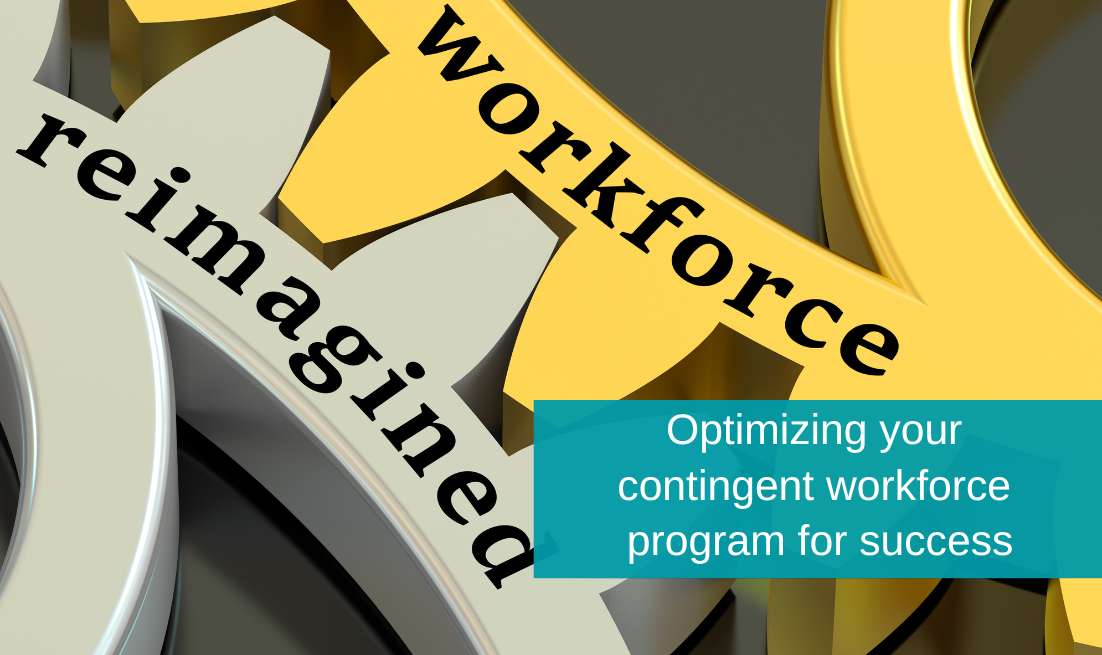Attracting and retaining talent is a challenge for many organizations, but it is crucial to be successful. Contingent workforce management plays a vital role in this dynamic environment, and many companies have invested in programs such as setting up a dedicated internal recruitment desk, using a Managed Service Provider (MSP), and/or implementing a Vendor Management System (VMS) to gain sufficient control over their hiring process.
However, the reality is that many of these programs do not deliver the expected results. Cost savings fail to materialize, compliance remains a challenge, and the connection with the rapidly changing labor market proves insufficient.
Why do contingent workforce programs fail?
There are several reasons why contingent workforce programs fall short of expectations.
- Lack of proactivity: Many programs focus on filling vacancies instead of strategically considering long-term workforce planning and talent needs.
- Insufficient innovation: Technology and the labor market are changing rapidly. Programs that do not evolve lose their relevance.
- Compliance risks: The laws and regulations surrounding contingent workforce management are becoming increasingly complex. Without the right expertise and tools, it is difficult to remain compliant.
- Lack of flexibility: A rigid contingent workforce program cannot respond to the dynamics of today’s labor market.
- Changing needs: Changes in demand in your market, company acquisitions, restructuring, or a new strategic direction may require a revision of the contingent workforce program.
From transaction to transformation
To be successful, a contingent workforce program must be more than just a transactional solution. It needs to be a strategic tool that contributes to achieving your business objectives.
How do you achieve that?
- Focus on strategic workforce planning: Identify your future talent needs and develop a proactive hiring strategy that aligns with your business objectives.
- Embrace technology and innovation: Implement a modern VMS and integrate data analysis to gain insight into your hiring process and make better decisions.
- Ensure compliance: Maintain up-to-date knowledge of laws and regulations and implement processes to minimize compliance risks.
- Choose flexibility: Select a contingent workforce model that can adapt to changing circumstances and needs.
- Optimize collaboration: Invest in strong relationships with suppliers and stakeholders, ensure transparent communication, and strive for win-win collaboration.
Would you like to quickly and easily analyze your current contingent workforce solution? You can, with the TalentIn Benchmark at www.talentin.eu.
TalentIn, your partner in workforce management.
TalentIn helps organizations optimize their contingent workforce programs. We offer advice and implementation power, from strategy development to program evaluation. Our expertise and experience enable us to develop customized solutions that meet your specific needs and objectives.
Contact us.
Want to learn more about how TalentIn can help you optimize your contingent workforce program? Contact us for a no-obligation consultation.





